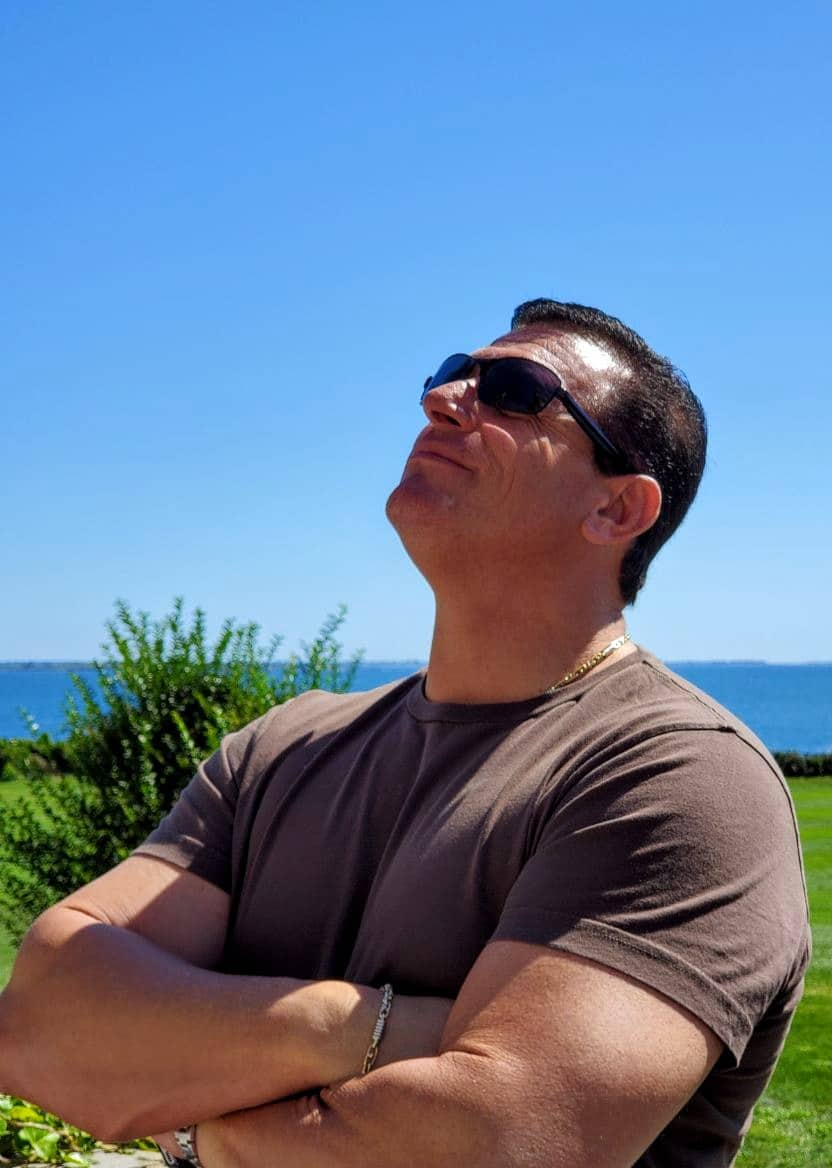Article
How A Second Opinion Gave Us More Opportunities to Seek Additional Cancer Care
Author(s):
A caregiver sheds light on the trials and tribulations of his wife's cancer journey and describes his awe in watching his wife's strength.
Let me tell you about my wife’s cancer experience(s). I want to share her story for people to learn from, but also to share what a warrior and fighter she is.
Before I get to that, bear in mind that she deals with back pain as in 2007 she needed a spinal fusion. It has been wearing off and bothering her as of late.
In 2012, she was diagnosed with stage 2 thyroid cancer. She went through a complete thyroidectomy (surgical removal of the thyroid gland), had to take radioactive pills and we thought she was good to go after that.
Then came September 2017. She was diagnosed with stage 4 liver and pancreatic cancer.
Multiple lesions in various parts of her body, not only just the liver and pancreas, but she went through chemo treatments three different times through the three years up until now, and now they are trying to figure out a new treatment to keep cancer at bay.
Most recently she submitted for genetic testing to see which treatments may be the best for her moving forward. During her three-plus years of chemo, she dealt with nausea, fatigue and the other usual side effects every week.
In December 2019, her right leg was bothering her and while at the radiologist getting radiation for some tumors on her ribs, she mentioned the pain to the doctor. He suggested an X-ray, which they did, and a tumor was found on her right leg.
This tumor was fairly aggressive, and it was suggested in January the she have a rod placed into her femur for fear of the bone fracturing. So, on January 21 of this year, she went in to have that surgery.
Over the next two weeks, she would have to get a tumor on her hip ablated and cement put in near the hip joint so that her hip would not fracture. She had that surgery performed in February. The doctors told her that she needed to get the aggressive tumor radiated before it ate away at her completely. She went in for 10 consecutive radiation treatments but by that time, the tumor was eating and had eaten away at such a large part of the femur her leg became less and less functional.
Finally, the very thing that she had the initial surgery for to avoid a fracture, it happened anyway. Her femur fractured and she was in quite a lot of pain. An ambulance came to the house and transported Bonnie to the hospital, where she would spend the next three weeks healing and then going through a procedure called cryoablation to try and eliminate the tumor in full.
The radiation treatments had spanned over February and into March. The last time Bonnie went in for chemo was in March. In April, her fracture occurred. At the end of April, she was discharged from the hospital and came home. She was under palliative care, where she would receive medication for pain, PT and OT would visit weekly and she would attempt to regain some strength.
This became her routine in May and she was not very mobile, and was not receiving chemo treatments. Upon discharge from the hospital, her oncologist wanted us to put her in hospice or more or less had given up on her. Bonnie’s oncologist told us that “we were welcome to visit other doctors and get second opinions.” Basically, it felt like they had given up on Bonnie.
So around mid-May, someone suggested looking into a well-known cancer institute, The University of Texas MD Anderson Cancer Center. Between Bonnie's current health status, lack of mobility and the COVID-19 crisis, it wasn't going to be feasible to get to Houston.
However, we found that the Piedmont Cancer Center in downtown Atlanta had an affiliation with MD Anderson, so we chose a doctor there and made an appointment.
I'd like to point out that in March or April, we submitted for DNA genetic testing for Bonnie to determine if she had a specific genetic mutation that spawned the cancer. The doctor at Piedmont used this information to suggest a two-month-old drug that had just been approved by the Food and Drug Adminstration (FDA). The drug was called Pemazyre (pemigatinib) and we were slated to begin treatment in a couple of weeks. Before treatment started, the doctor had to submit the drug to the insurance company and Bonnie had to go to the ophthalmologist to get her eyes checked.
One of the possible side effects of Pemazyre is retinal detachment, but this was still good news to us, we once again had hope. However, fate would yet again throw another roadblock at us.
Bonnie had been complaining of left arm pain while she was transferring herself from her medical bed at home to her commode which sat at the side of the bed. She wrote it off at first as arm pain because she was consistently using the arm to help her get up.
The doctor told her to go home and get an X-ray. She did — and it was bone cancer again. Almost identical to her leg tumor, this tumor had eaten away a hole in her left arm just below the shoulder. We were headed back to the radiologist for more radiation, however, at some point between the oncologist visit and her radiation treatment, her arm fractured. On the day of her radiation appointment she tried mightily to get herself up and into the wheelchair, but she could not. We were not able to get to treatment. Ultimately Bonnie was feeling defeated and wanted to rest, her arm hurt, her body hurt and she just wanted to rest. I convinced her over the weekend that we needed to call an ambulance and get her to the hospital for her arm. Monday morning, she agreed and Wednesday she would have surgery to put a rod in her left arm.
Tuesday night brought more bad news. Pemazyre was a $3,000 pill and Bonnie’s regimen called for one pill per day for 14 days and then 7 days off, repeat cycle. This is after insurance and the cost of that was about $60,000 per month or $720,000 a year.
We had filed an assistance form for financial aid but were declined and so yet another roadblock. It definitely feels like we should be giving up at this point, but I just can’t give up. It’s too hard. Today she’s having that rod put in her arm, who knows what tomorrow is going to bring.

















